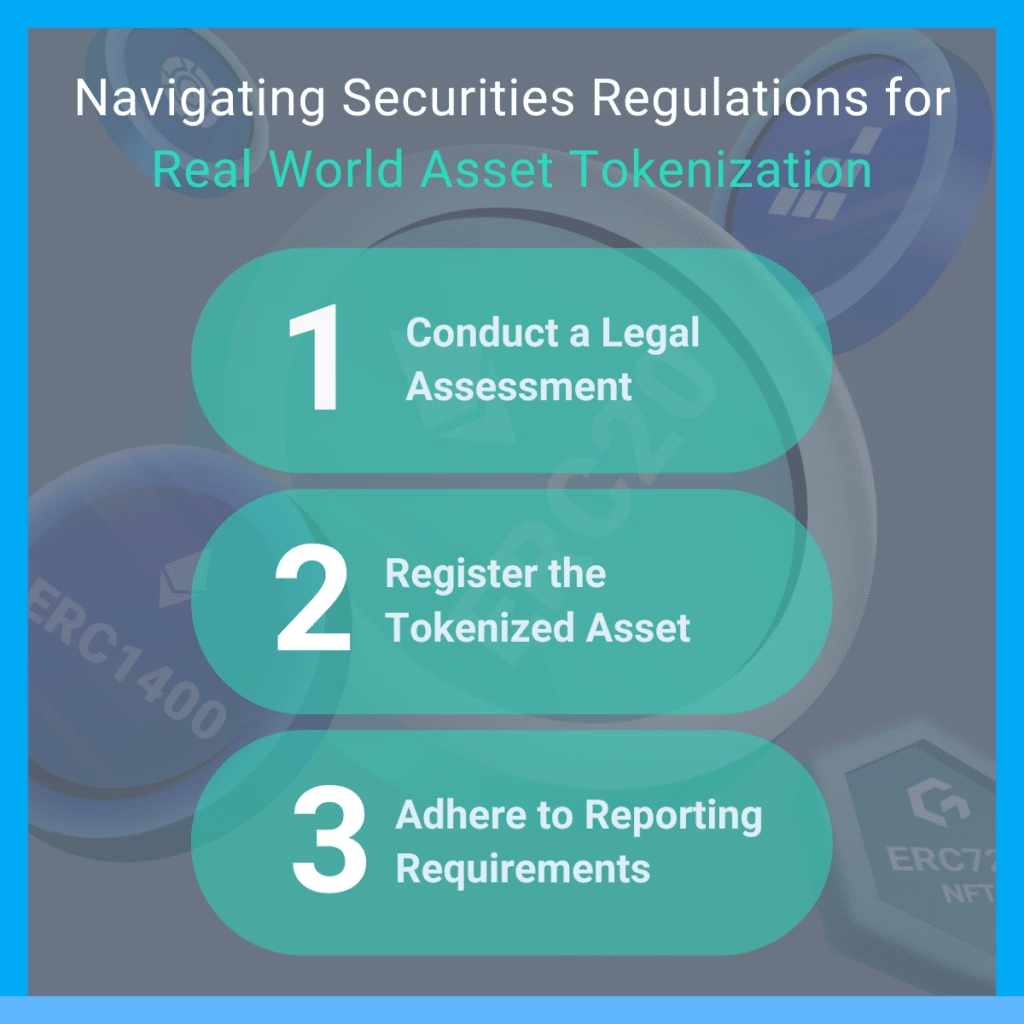The RWA token market has exploded in 2025, surpassing $23 billion in market value—a 260% growth driven by private credit and U.S. Treasury-backed tokens, underpinned by rising regulatory clarity and institutional adoption.
“We’re seeing a Cambrian explosion in real-world asset tokenization. The growth rate shows that institutions are not just testing—they’re scaling.”
— Colin Butler, Global Head of Institutional Capital at Polygon Labs
TheRWA token market is exploding. In the first half of 2025, the market has expanded by a staggering 260%, soaring from $8.6 billion to over $23 billion.
Regulatory clarity and widening adoption have clearly opened the floodgates—ushering in a new era of institutional-grade blockchain finance.
🔹 RWA Token Market Growth Drivers: Regulation, DeFi, Institutional FOMO
Several forces have propelled this growth:
- Regulatory clarity in the U.S. crypto landscape fuels institutional trust.
- DeFi integration accelerates yield potential: BlackRock’s BUIDL Treasury fund now partners with Euler Finance.
- Institutional participation—from Bitcoin balance-sheet allocations to private credit allocations—has energized the sector.
🔹 Milestone Allocations: Asset Class Breakdown
The current asset distribution within tokenized RWAs stands at:
- Tokenized private credit: 58% of the $23 billion market
- Tokenized U.S. Treasury debt: 34%
Private credit’s dominance reflects investor interest in yield-bearing, on-chain debt, while tokenized treasuries offer stability with traditional backing.

🔍 Spotlight: Tokenized Private Credit
This sector alone has surpassed $13 billion AUM, with platforms like Figure and Tradable achieving billions in on-chain assets.
Benefits include:
- Fractional liquidity versus traditional lock-ups
- Transparency and efficiency via smart contracts
- Broadening investor access—from institutions to accredited individuals
Notably, Apollo, BlackRock, and Franklin Templeton are launching tokenized credit funds.
🏛️ Tokenized Treasuries: A Stable Core
On-chain U.S. Treasuries exceed $7 billion AUM, predominantly issued and supported by players like Securitize, Franklin Templeton, and Circle.
Tokenized treasuries meet institutional demand for yield-bearing digital assets with real-time settlement.
🌐 Impacts: DeFi-Enabled, Institutionally BOLTED
The fusion of RWAs with DeFi is central to this boom. Key underpinnings include:
- Yield integration: BlackRock’s BUIDL fund (now $2.9B) connects to DeFi.
- Protocols like Tradable facilitate billions in private credit on-chain.
- Custodians and tokenization platforms (e.g., Securitize) bridge TradFi assets with DeFi rails .

📈 Outlook: What’s Next for RWA Token Market?
Expect continued expansion driven by:
- Institutional demand: Pension funds, corporate treasuries tapping yield-bearing assets
- Regulatory maturation: Focus on securities compliance for tokenized debt
- Infrastructure sophistication: tokenization platforms, custody, AML/KYC
According to Deloitte and Deloitte Insights, tokenized real estate alone could grow to $4 trillion by 2035.
🧠 Final Thought: From Experiment to Asset Class
RWA tokenization has moved from niche pilot to multi-billion-dollar financial frontier in just six months. As private credit and treasuries continue to validate their model, tokenized assets are set to become a mainstream cornerstone of both DeFi and TradFi portfolios.
This revolution isn’t coming—it’s here.
FAQs About the RWA Token Market
The RWA token market refers to the ecosystem of tokenized real-world assets—like bonds, credit, real estate, and commodities—traded on blockchain platforms for enhanced liquidity, transparency, and 24/7 access.
As of mid-2025, the RWA token market has surpassed $23 billion, marking a 260% increase year-to-date. Analysts project continued growth as more institutions tokenize real-world assets.
Key drivers include regulatory clarity, demand for yield-generating on-chain assets, improved blockchain infrastructure, and institutional adoption of DeFi and Web3 finance.
Private credit leads the market with 58% share, followed by tokenized U.S. Treasury debt at 34%. Other assets include real estate, gold, and fund structures.
Institutional players like BlackRock, Franklin Templeton, MakerDAO, and Maple Finance are actively issuing or managing RWAs. Retail and accredited investors also engage via regulated platforms.
Yes, in many regions. Frameworks like the EU’s MiCA, Switzerland’s DLT Act, and Singapore’s MAS policies offer clarity. U.S. regulators are catching up via SEC and CFTC initiatives.

